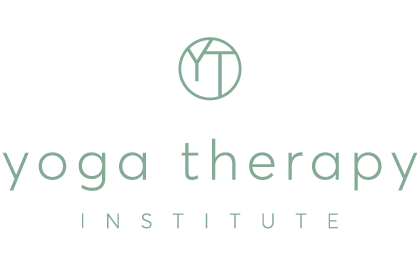In an article soon to be published in the summer issue of Biofeedback, Dr. Shirley Telles and her associate Bhat Ramachanra Raghavendra have done breakthrough work, looking at the ancient text description (Patanjali’s Yoga Sutras) of two states of meditation and two states of wakefulness as described in the Bhagavad Gita. The researchers measured peripheral physiology (breathing, heart beat) as well as brain activation using functional magnetic resonance imaging (fMRI). Measurements were taken of experienced meditators before, after and during all four states (self-reported and assessed by their meditation teacher) on four separate days, at the same time of day, as well as on a group of non-meditators.
In dharana, which correlates with Focused Attention (FA) and is defined in the Yoga Sutras as focusing or “confining the mind within a limited mental area” (Patajali, III, i), the meditators when focusing on the mantra “Om” showed increased attention. Meditators in the dharana state on fMRI showed increased activation of the anterior cingulate suggestive of enhanced cognitive and attentional processing.There was also bilateral stimulation of the dorsolateral prefrontal cortex, indicative of heightened cognitive behavior.The measurements of dhyana, which correlates with “open monitor meditation,” defined in the Yoga Sutras as “an uninterrupted flow of the mind toward the object chosen for meditation” (Patanjali, III, ii) and characterized by no special focusing effort, were most profound.Not only was there a reduction in heart rate and breath rate, indicative of parasympathetic activity, but fMRI showed white matter hyperintensities in the frontal region which correlates with reduced executive functioning.Also notable was the increased activation in the right orbitofrontal cortex involved in decision making, and emotional regulation.
Research is validating what the ancient texts explained-that dharana and dhyana are two different states, affecting different parts of the brain and manifesting in different outcomes. This difference may account for the much publicized research of Richard Davidson at the University of Wisconsin, who in using fMRI with Tibetan monks and the many studies on mindfulness meditation have most often found left prefrontal cortex activation. On the other hand, Sara Lazar at Harvard, also using fMRI, has shown activation on both sides and a thickening in the right prefrontal cortex.
“These observations suggest,” saysTelles, “that knowing the descriptions of these practices in the ancient texts may help in understanding contemporary research findings.” The research was carried out at the PatanjaliResearch Foundation in Haridwar, India, and the ICMR Center for Advanced Research in Yoga and Neurophysiology , SVYASA, Bengaluru, India.
This article is provided courtesy of Amy Weintraub, highly respected Yoga therapist, member of IAYT (International Association of Yoga Therapists) and author, “Yoga for Depression.” http://www.yogafordepression.com/
